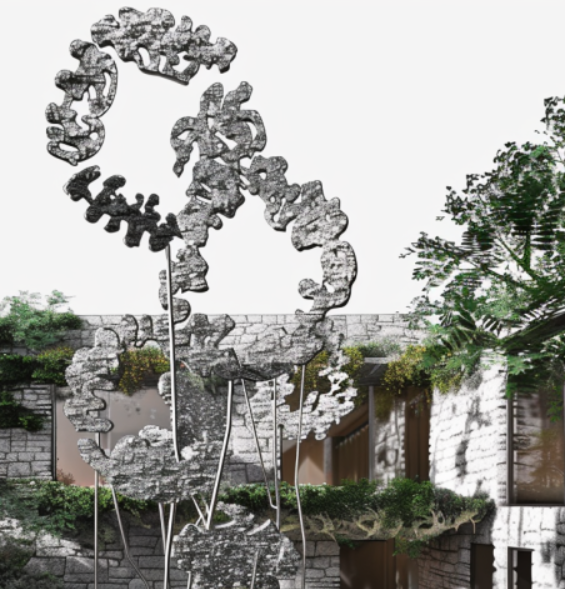Optimizing City Design through Brain Coral Growth Patterns
Coral growth exhibits fascinating features, particularly in the way it forms patterns that effectively delineate occupied and unoccupied spaces. As the global population and urban areas continue to expand, leveraging these natural growth patterns can provide innovative solutions for urban planning. This project aims to optimize urban zoning by drawing inspiration from brain coral growth … Read more







